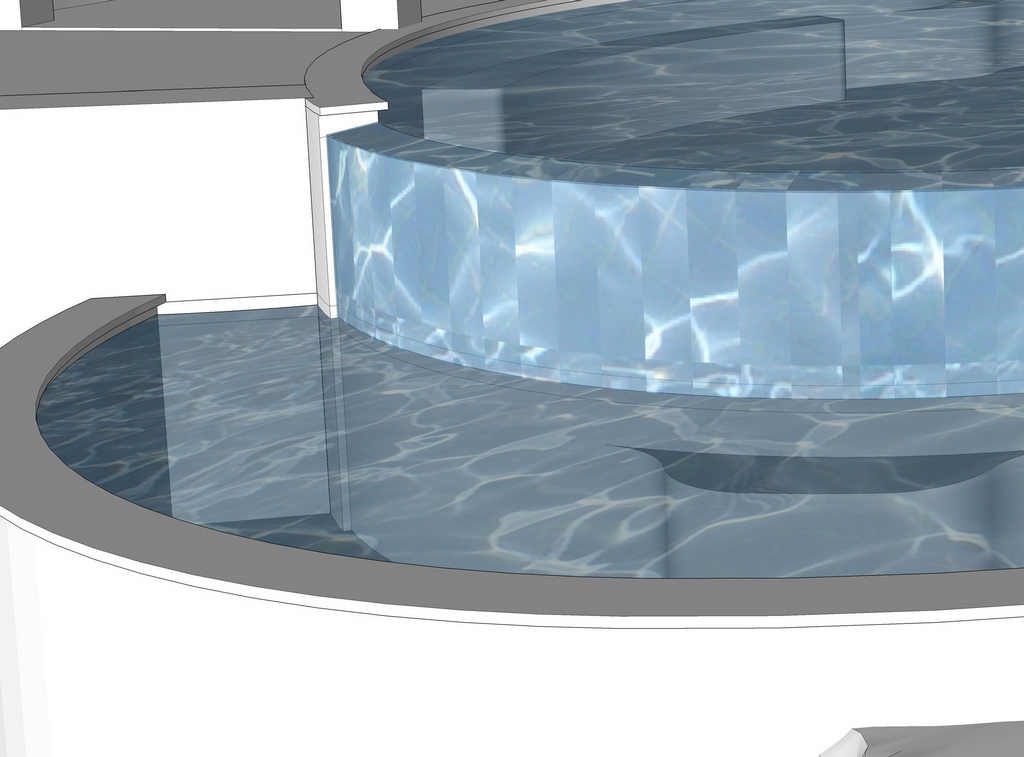 By Kurt Kraisinger
By Kurt Kraisinger
Most successful designers have a bit of show business in them. Whether you play the sophisticated artiste or radiate a quiet competence, it’s all about making a connection with a client who is asking you to participate in a significant project, whatever your personality or approach.
I’ve always wondered how those at the extremes of the personal-style spectrum find work, but the fact of the matter is that all of us, designers and clients alike, are individuals who respond in different ways to different triggers – and I know for a fact that the way I work isn’t for everyone simply based on the fact that we don’t win every contract we pursue.
For all that, however, we at Lorax Design Group (Overland Park, Kans.) have developed our own pattern and have found that it works for us often enough to

 By Kurt Kraisinger
By Kurt Kraisinger By Brian Van Bower
By Brian Van Bower

 By Dave Peterson
By Dave Peterson By Dave Peterson
By Dave Peterson